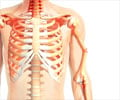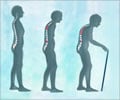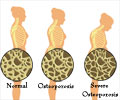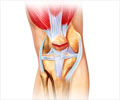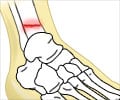Among older women, the inability to stand on one leg for more than few seconds is found to be a key risk factor for fractures.
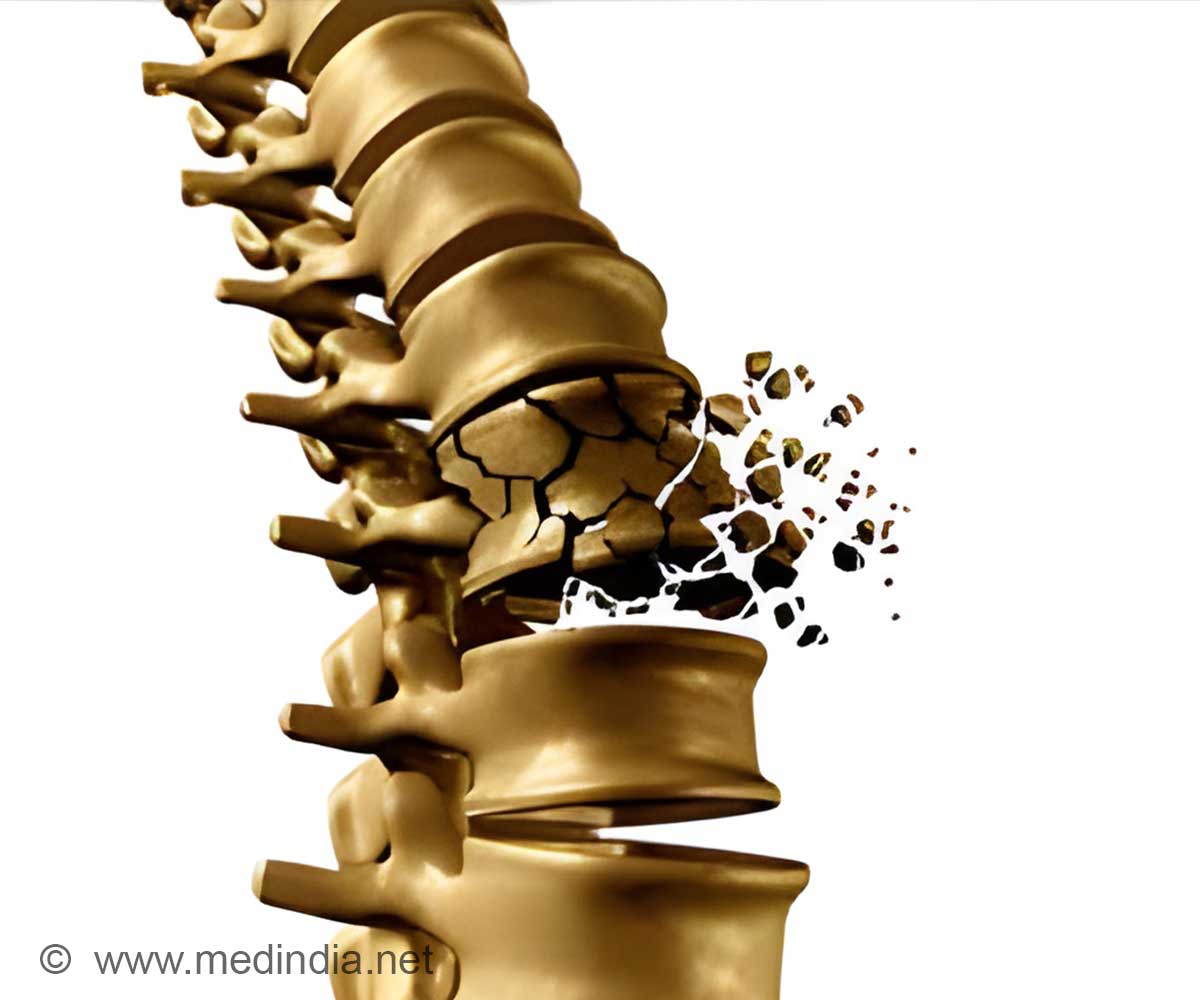
‘SSRIs (selective serotonin reuptake inhibitors, i.e., antidepressants) can be linked to relatively poor physical function.’





The studies composing Larsson’s thesis are based on data concerning 3,028 women aged 75 to 80 years, from the SUPERB (Sahlgrenska University Hospital Prospective Evaluation of the Risk of Bone fracture) study at Sahlgrenska University Hospital’s Mölndal site. After being examined in the period 2013–16, the participants were monitored in health data registers. Fracture risks were studied in terms of physical function, using two established testing methods: the One Leg Standing Test (OLST) and Timed Up and Go (TUG). OLST involves timing how long a person can stand on one leg, while TUG measures the time it takes to rise from a seated position, walk three meters, turn, and then sit down again.
Clear connection with increased fracture risk
In a woman with low OLST score, who was unable to stand on one leg for ten seconds, the risk of hip fracture within four years was found to be more than three times higher (a factor of 3.02) than in a woman who was able to stand on one leg for 10 to 15 seconds. With a high TUG result, if it took 12 seconds or more to get up, walk, and sit down again, the probability of hip fracture was almost threefold (a factor of 2.96).
Both OLST and TUG had a major bearing on fracture risk in assessment that also included other known risk variables such as age, gender, previous fractures, and cortisone treatment, as defined in FRAX, Fracture Risk Assessment Tool, which gauges the risk of hip fracture within ten years.
Advertisement
The statins proved to be linked to improved properties in cortical bone, the hard outer surface layer of various parts of the skeleton, measured with two different imaging methods. For SSRI users, there was no demonstrable effect on bone microstructure or the dimensions of skeletal parts, but a link between SSRIs and inferior physical function in terms of grip strength, walking speed, and standing up from a chair, as well as an elevated risk of falling, were found.
Advertisement
Berit Larsson thinks TUG and OLST are so clearly connected with fracture risks that including them in annual checks in primary care — to supplement the already established FRAX screening method, for example — should be considered. She herself works as a district physician in Närhälsan, the public primary care provider in Region Västra Götaland, and is also a course director for training in geriatrics on the University of Gothenburg Medical Program.
“In primary care, for example, doctors could use the physical function tests, combined with FRAX, as part of their assessment of whether a person is at risk of future fractures. Given that the season of slippery sidewalks is now underway, this is an important piece of the jigsaw puzzle of fracture prevention.”
“Because so many people suffer from fractures related to osteoporosis, from middle age onward, more research is needed in this area. It’s also important for health care to be enabled, in various ways, to apply the measures that research has shown to be effective, and for these to be made available to all those who need them,” she concludes.
Source-Eurekalert

